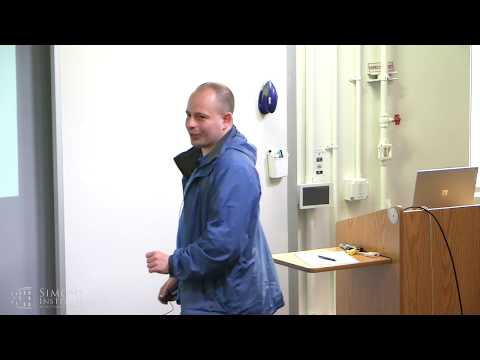Description:
Explore recent advancements in quantum simulation and their applications to chemistry and field theory in this 45-minute lecture by Nathan Wiebe from the University of Washington. Delve into the mathematics of time-dependent Hamiltonians and examine various simulation techniques, including Linear Combinations of Unitaries, QDRIFT, and Truncated Dyson Series. Investigate the complexities of different simulation methods and learn about the Interaction Picture Simulation. Analyze Trotter Formulas and Multi-Product Formulas, understanding their performance and practical applications. Discover the implementation of these techniques in simulating the Schwinger Model, with insights into actual gate counts. Gain a comprehensive understanding of quantum algorithms and their potential impact on chemistry and field theory research.

Recent Advances in Quantum Simulation with Applications to Chemistry and Field Theory
Add to list
#Computer Science
#Quantum Computing
#Quantum Simulation
#Science
#Chemistry
#Physics
#Field Theory
#Quantum Mechanics
#Time-dependent Hamiltonians